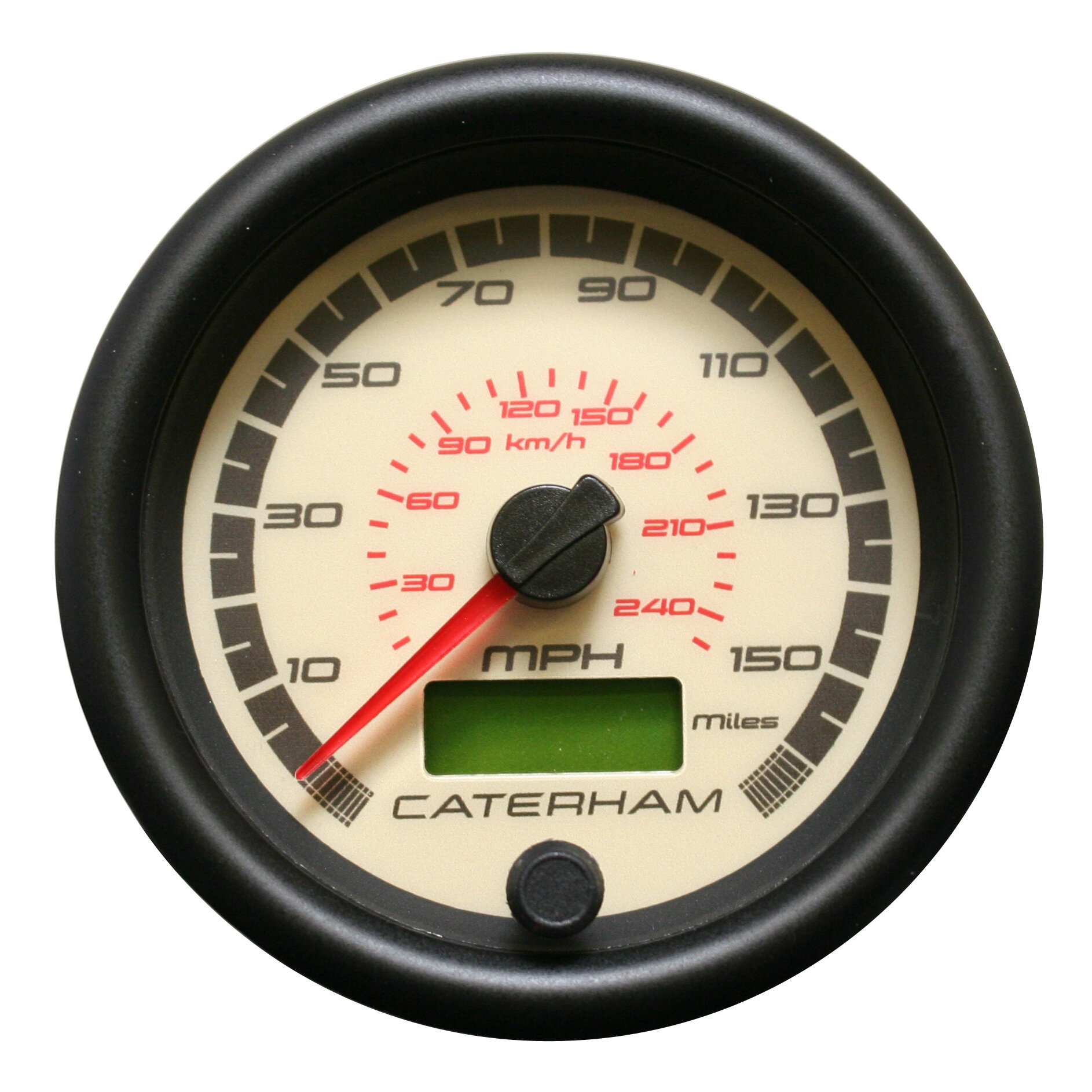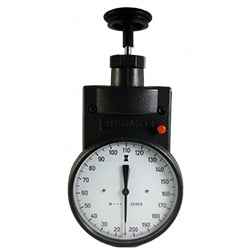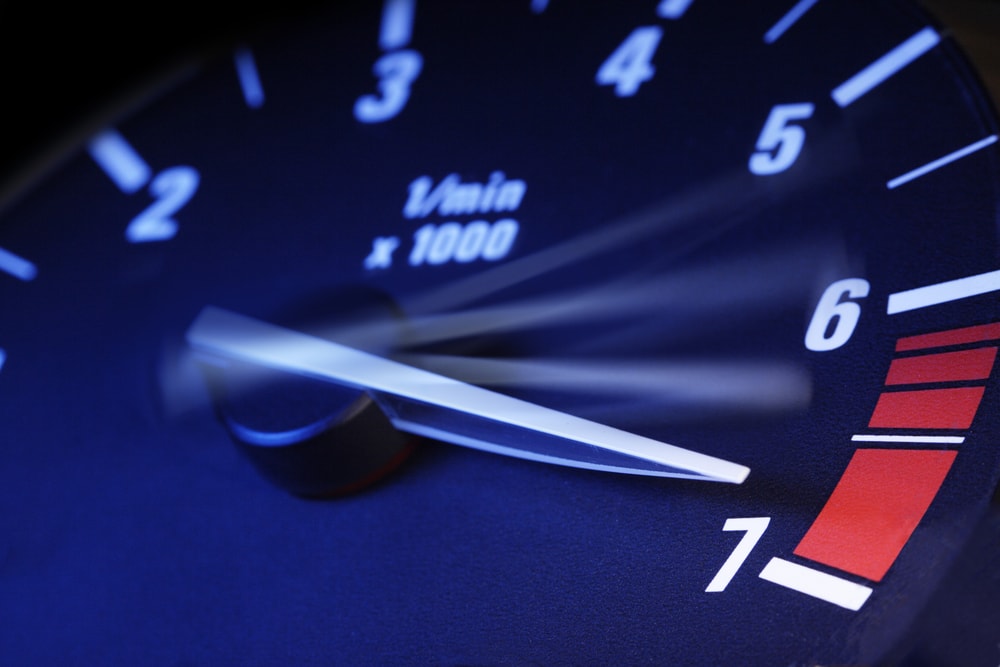Improve Your Driving Experience with a Trustworthy Tachometer
Wiki Article
The Relevance of a Tachometer in Keeping Track Of Engine Speed and Efficiency in Automotive Applications
In the realm of automobile engineering, the tachometer stands as a pivotal instrument in the motorist's toolbox, providing a straight window right into the inner workings of a vehicle's engine. Beyond its feature as a simple gauge of revolutions per minute (RPM), the tachometer offers as an important tool for lovers and professionals alike, supplying real-time insights into engine performance and health and wellness. Recognizing the significance of this gadget surpasses surface-level monitorings, diving right into the detailed partnership between engine speed, power output, and general driving experience. As we explore the complex role of the tachometer in vehicle applications, a much deeper gratitude for its effect on vehicle dynamics and efficiency begins to arise.Significance of Keeping An Eye On Engine RPM
Monitoring engine RPM, or changes per minute, is an important facet of automobile upkeep and efficiency evaluation. Engine RPM straight correlates with the rate at which the engine's crankshaft turns, indicating exactly how quickly the engine is running.Furthermore, monitoring engine RPM is important for efficiency examination in racing and high-performance lorries. In recap, checking engine RPM is not just important for discovering issues however also for maximizing engine performance in numerous auto applications.

Benefits of Real-Time Information
In automobile applications, real-time data plays a vital duty in giving instant insights into the performance and problem of the automobile. By constantly keeping track of various criteria such as engine speed, temperature level, fuel intake, and more, real-time information provides numerous benefits that add to enhanced performance and safety and security on the road.
One significant advantage of real-time information is its capacity to alert chauffeurs and service technicians to any type of anomalies or issues promptly. This positive strategy allows quick recognition of possible issues, permitting timely interventions to stop more damages or breakdowns. Furthermore, real-time data facilitates efficiency optimization by providing immediate responses on driving practices and engine performance. Chauffeurs can readjust their habits in real-time based upon this details to accomplish far better fuel economic situation and prolong the lifespan of their vehicle.

Moreover, real-time information plays a vital role in modern-day automobile diagnostics, making it possible for service technicians to rapidly identify and resolve malfunctions. This brings about lowered downtime, lower upkeep costs, and eventually, boosted overall automobile integrity and long life (tachometer). By using the power of real-time data, vehicle stakeholders can make informed decisions that favorably impact both the performance and long life of the car
Effect On Equipment Shifts
The tachometer plays an essential duty in enhancing gear shifts by providing real-time engine rate data to the motorist. When approaching the redline on the tachometer, it signifies the vehicle driver to upshift to avoid over-revving the engine and triggering prospective damages.Moreover, the tachometer help in accomplishing smoother equipment transitions, especially in manual transmissions. By keeping track of engine rate, vehicle drivers can execute gear shifts at the ideal RPM array, reducing jerking movements and decreasing wear on the transmission elements. This accuracy in gear adjustments not only enhances driving comfort however also adds to fuel performance.
Enhancing Gas Performance
Offered the vital function the tachometer plays in optimizing equipment changes for efficiency and engine health, it straight adds to making the most of fuel effectiveness in automobile applications. By giving real-time responses on engine speed, the tachometer assists drivers in maintaining one of the most effective RPM range for fuel economic situation. When vehicle drivers regularly monitor the tachometer and adjust their driving practices accordingly, they can avoid unnecessary gas consumption brought on by over-revving or carrying the engine.Moreover, the tachometer helps chauffeurs determine the most fuel-efficient gear to be in at any type of given Recommended Reading minute, preventing the engine from functioning more difficult than required. In verdict, the tachometer serves as an important device in improving fuel effectiveness by advertising optimal driving habits and recognizing locations for enhancement in the vehicle's efficiency.

Making The Most Of Engine Durability
The tachometer's role in checking engine rate and efficiency is crucial in making sure the long life of vehicle engines. Checking the tachometer permits chauffeurs to stay within the recommended RPM array for their vehicle, protecting against unneeded pressure on the engine and prolonging its life expectancy.
Verdict
Finally, the tachometer plays a vital duty in keeping an eye click on engine speed and performance in automotive applications. By giving real-time data on RPM, it enables effective important link gear shifts, boosted gas efficiency, and maximized engine durability. This tool is essential for preserving optimal engine efficiency and guaranteeing the general functionality of an automobile.Report this wiki page